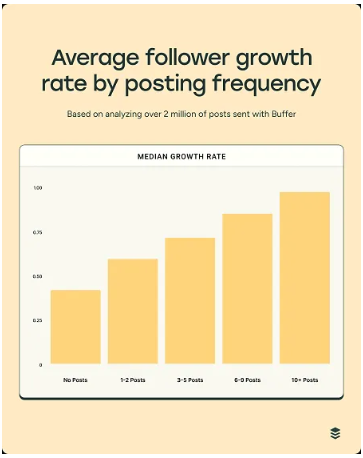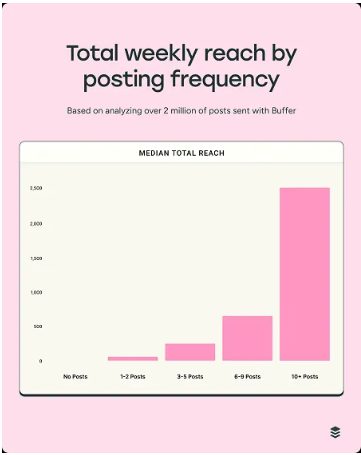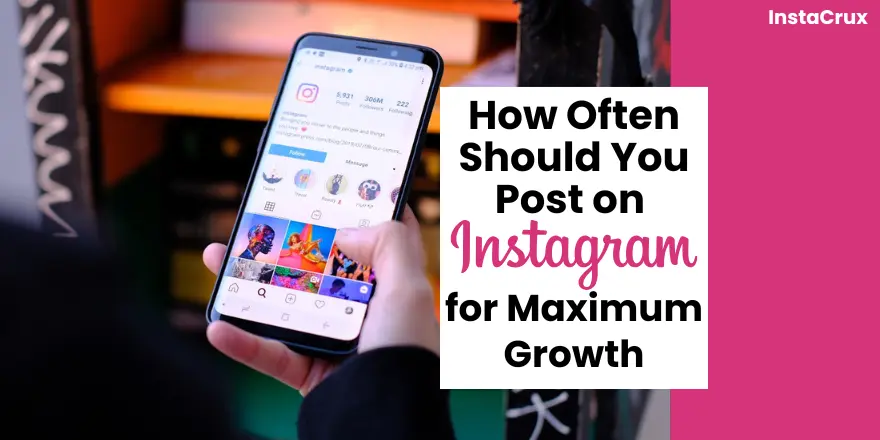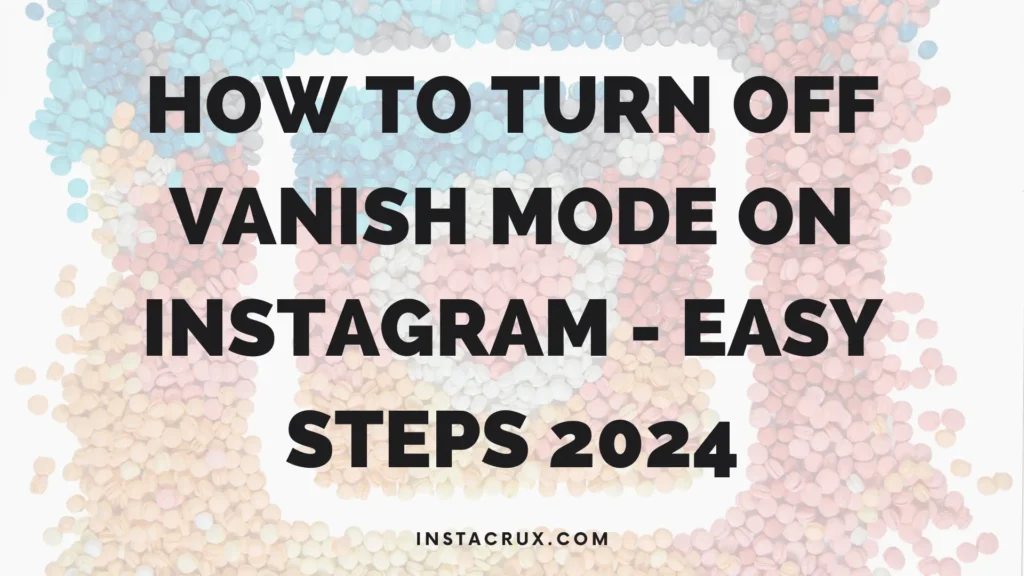If you’ve ever wondered how often you should post on Instagram to get the best results, a new study by Buffer may have your answer. The research suggests something many creators have suspected for a while: the more you post, the better your chances of growing your reach and engagement.
Buffer analyzed over 2 million Instagram posts from 100,000 accounts to uncover patterns between posting frequency and audience growth. While you can dive into their full report for every detail, here are the key takeaways and what they mean for your strategy.
Posting Frequency Matters—A Lot
According to the data:
- Posting 3–5 times per week can more than double your follower growth rate compared to posting less often.
- Posting 6–9 times per week can accelerate growth even further.
- Heavy posters—10+ times per week—see the biggest jump in both reach and engagement.

Keep in mind, these numbers refer to feed posts—including photos, carousels, and Reels—not Instagram Stories.
Why More Posting on Instagram Works
It’s simple math: the more high-quality content you put out, the more opportunities you have to appear in your audience’s home feed, Reels feed, or Explore page.
But it’s not just about quantity. Buffer’s data shows that accounts posting more frequently also tend to get more views on each piece of content, not just in total. This suggests Instagram’s algorithm rewards consistency and activity.
For example:
- Posting 3–5 times a week → around 12% higher reach per post.
- Posting 10+ times a week → up to 24% higher reach per post.

Read More: The Best Time to Post on Instagram in 2025
Quality Still Rules
While frequent posting can be a growth accelerator, posting just for the sake of hitting numbers can backfire. Poor-quality or irrelevant posts can:
- Lower engagement rates.
- Damage brand credibility.
- Cause audience fatigue.
The sweet spot? Post as often as you can without sacrificing value. Every post should serve a purpose—whether that’s entertaining, educating, or inspiring your audience.
How to Post More Without Burning Out
- Batch create content: Set aside one day a week to create multiple posts.
- Use AI and editing tools: Platforms like Canva, CapCut, and ChatGPT can help speed up design and caption writing.
- Repurpose content: Turn one blog post into several carousel posts, Reels, and Stories.
- Plan: Use a content calendar to stay organized and consistent.
Read More: How To Get More Followers On Instagram: A Comprehensive Guide
The Takeaway
The study confirms that frequent, consistent posting is a key driver of Instagram growth. Brands and creators shouldn’t fear overwhelming their audience—if your content is relevant, useful, and well-produced, posting more often will only help.
So, if you want to boost reach, grow your followers, and stay top of mind, start by aiming for 3–5 posts a week, then scale up as your workflow allows.
FAQs
1. Does posting more often mean I’ll lose followers?
Not if your content is valuable. Most unfollows happen when posts feel repetitive, irrelevant, or overly promotional.
2. Should I post multiple times a day?
You can, especially if you have enough quality content. But it’s better to maintain consistent quality than chase daily volume.
3. Do Reels count toward this posting frequency?
Yes. Reels, carousels, and single-image posts are all considered feed posts. Stories are separate but still useful for engagement.
4. What’s better—posting more often or posting at the “perfect” time?
Posting frequently often matters more than exact timing. However, posting when your audience is most active can boost results further.
5. How can small teams keep up with frequent posting?
By batching content creation, using scheduling tools, and repurposing existing content. Focus on creating reusable, evergreen posts.





